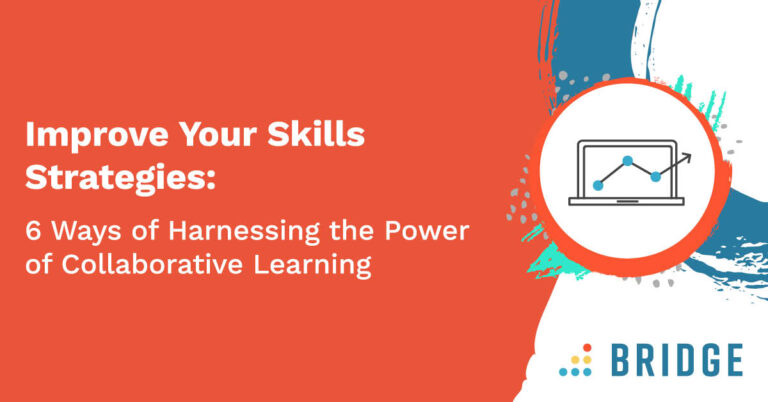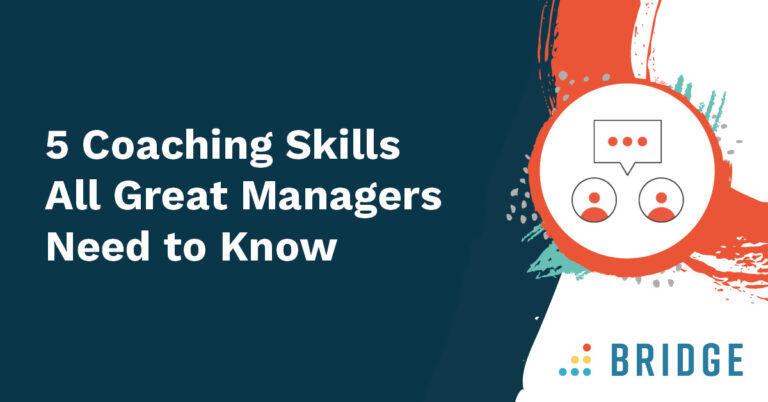Original Post: November 13, 2018 by Jennifer Eng
It’s Monday morning. Day 1 of your new job. You’ve picked what you’ll wear. You’ve timed your commute, you’ve had a good breakfast. You go to the kitchen table, plug in your laptop, and begin your day.
Your first day on the job isn’t what it once was. The good news is that you get to face your new job’s anxiety in the comfort of your own home. That’s also the bad news. It’s bad news because as scary as it can be to face a new job, at least in an office, you know they have to take care of your onboarding, training, mentoring, plus everything you need to become a fully productive member of the team. It’s not that your new employer is less committed to you because you’re not in the office. It’s just that when you’re out of sight, it’s easier to become out of mind.
This isn’t just a problem for new employees. It’s also a problem for current members of your team moving into new roles or taking on new responsibilities. They all need coaching.
When people want to learn new skills at work, most start by asking their bosses to help them—but the second most common way employees learn is from their peers. While peer-to-peer learning can be a powerful method to effectively develop skills, less than 50 percent of organizations have any formal peer-to-peer learning in place.
Why? Some organizations are reluctant to do so because they think external experts are more valuable teachers, and some employers assume that having employees participate in one day of intense training is more fruitful than peer-to-peer programs spaced out over several sessions.
You Are Not Alone: A Safe Place to Take Risks
Peer-to-peer learning can make valuable use of expertise at organizations—and since employees don’t feel the pressure of hierarchy, they have a safe environment where they can feel comfortable taking risks.
Participating in peer-to-peer learning also builds management and leadership skills, and having reflection conversations in a group enables employees to give better feedback. Since peers are both receiving and giving feedback, they generally put more effort into providing specific, meaningful feedback that considers their peers’ perspective—which they don’t usually experience when just receiving one-way feedback from their boss.
All By Myself: The Challenge of Workplace Loneliness
Relationships with peers are also key in helping combat loneliness, which is a very real challenge in the workplace—and it’s not just based on the amount of interactions an employee has with co-workers or dependent on whether or not they work remotely. Loneliness in the workplace is based on a “subjective feeling of isolation” and the “quality and meaningfulness of relationships.”
In general, many workers believe there’s an expectation to keep work relationships at a distance instead of valuing basic human connection in the workplace—and this is a “systemic cultural issue.”
Workplace loneliness is unhealthy for employees and organizations: it can affect job satisfaction, cause burnout, increase health care costs, and lower retention and performance.
With a Little Help From My Peers: How Peer-to-Peer Coaching Can Help Combat Loneliness
In addition to peer-to-peer learning, peer coaching can be a key element to introduce into the workplace. It also helps combat workplace loneliness by cultivating “a network of allies that can provide mutual support in creating positive change to improve performance.”
When peers have the opportunity for more one-on-one connections, they build trust, feelings of connection and develop “insights into their problems through helping others.” And since peer coaching heavily focuses on listening and repeatedly having conversations with the same partner, employees can feel increasingly connected and supported.
Creating a culture that values connection helps employees feel comfortable being vulnerable with their colleagues. When employers are committed to strengthening connections between employees, employees can feel less lonely even before coaching begins just by knowing these initiatives are put into place. It’s also worth noting that millennials seek out these connections, with 71 percent wanting their co-workers to be a second family.
Having a culture of connection in the workplace also helps increase psychological safety, or “the belief that you won’t be punished when you make a mistake,” which managers need to enforce by modeling vulnerability. When employees have an environment where they feel safe to take risks, receive meaningful feedback, and feel a strong connection to their peers, everyone benefits.
Learn more about how employers can help their people feel happier in the workplace in our bi-monthly Manager Training Series, and check out our ebook on what millennials want in the workplace.



